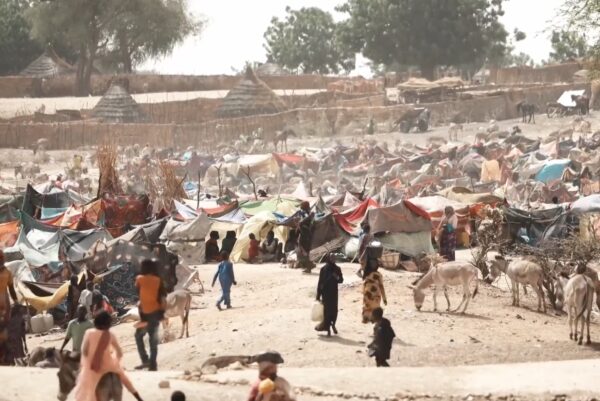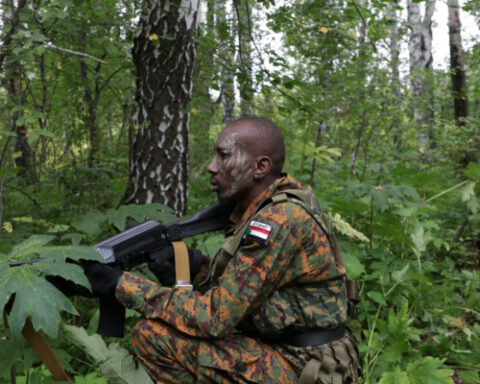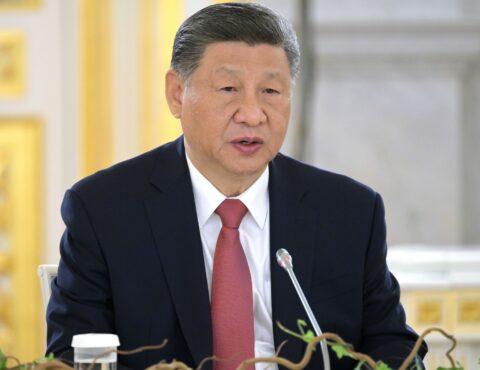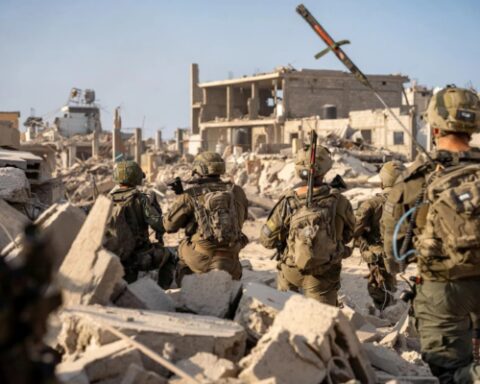While the world’s gaze is fixed on other crises, Sudan’s war-induced famine is tightening its grip on once-productive farmlands — a tragedy driven less by climate than by political violence, failed governance, and global neglect.
Staples like sorghum and millet, vital to the Sudanese diet, have disappeared from most markets. Many have survived on animal feed made from peanut shells, but even that is now priced out of reach as supplies collapse.
The grim reality is worsened by heavy rains cutting off roads, warring factions blocking aid convoys, and farmers unwilling to risk their lives in fields that have become battle zones. Sudan is in the lean season between July and September, when harvests are months away.
The Integrated Food Security Phase Classification, backed by the United Nations and major relief agencies, warns that famine could spread from six locations to 17. “Millions of people are already weakened after a sustained run of rising hunger; many do not have the strength to miss even a single meal a day,” said Francesco Lanino, Save the Children’s deputy country director for Sudan.
The U.N. estimates more than two-thirds of Sudan’s 49 million citizens now need humanitarian aid. Yet the United States — formerly the largest donor — has pulled back funding, leaving a dangerous vacuum unless the conflict ends.
The roots of the crisis run deep. In western Darfur, the scene of two genocides in the past two decades, the Rapid Support Forces (RSF) — an armed group largely made up of ethnically Arab fighters — has targeted tens of thousands of Black Sudanese. The RSF seeks to overthrow the military government, whose last stronghold in Darfur is the city of El Fasher, where residents endure daily bombings and ethnic violence.
The war, now in its third year, is the world’s largest humanitarian crisis. The U.N. accuses both sides of wielding hunger as a weapon. The U.S. estimates that more than 150,000 people have been killed.
On the ground, the toll is staggering. In the Zamzam displacement camp, home to half a million people, famine has taken hold. Over 637,000 Sudanese are living in famine conditions, and eight million need emergency food aid.
Even where the U.N.’s World Food Program offers digital cash to 250,000 residents in El Fasher, there is no food to buy because roads are blocked. “Everyone in El Fasher is facing a daily struggle to survive,” said Eric Perdison, WFP’s regional director.
Sudan’s fertile Kordofan region, once famed for sorghum and wheat, is now seeing starvation deaths after harvests were disrupted by violence. In the Nuba Mountains, aid dropped from aircraft often bursts on impact, leaving desperate residents scrambling for scraps.
American diplomacy has had little effect. Talks co-led by the U.S. and Saudi Arabia have stalled, complicated by foreign interference. Russia, Iran, the United Arab Emirates, and China are vying for influence in Sudan, drawn by its Red Sea coastline and natural resources. The U.S. has accused Russia of aiding both sides; Iran and the U.A.E. have been linked to the RSF’s advance, though the U.A.E. denies it.
The RSF now controls the border area linking Sudan, Egypt, and Libya, a vital trade route and migrant corridor to Europe. Nearly four million Sudanese have fled to neighbors like Chad, South Sudan, Libya, and Ethiopia, straining fragile states and fueling outbreaks of cholera, measles, and malaria in underfunded camps.
Without a decisive change in policy — both inside Sudan and among the global powers circling it — the famine will deepen, and millions more will be caught between warlords and starvation.
[READ MORE: Trump and Putin to Hold Dual Press Conference After Alaska Meeting]







